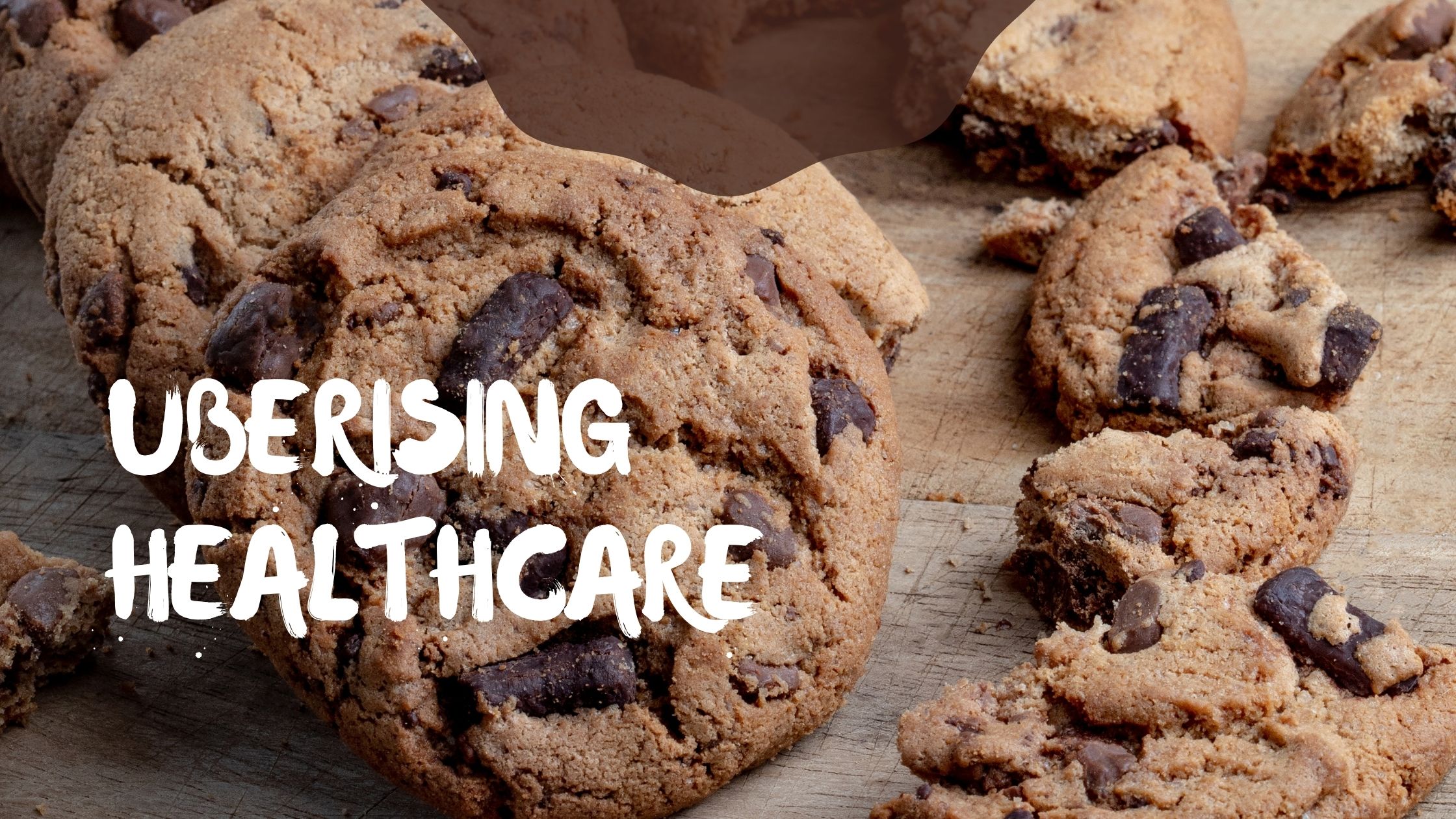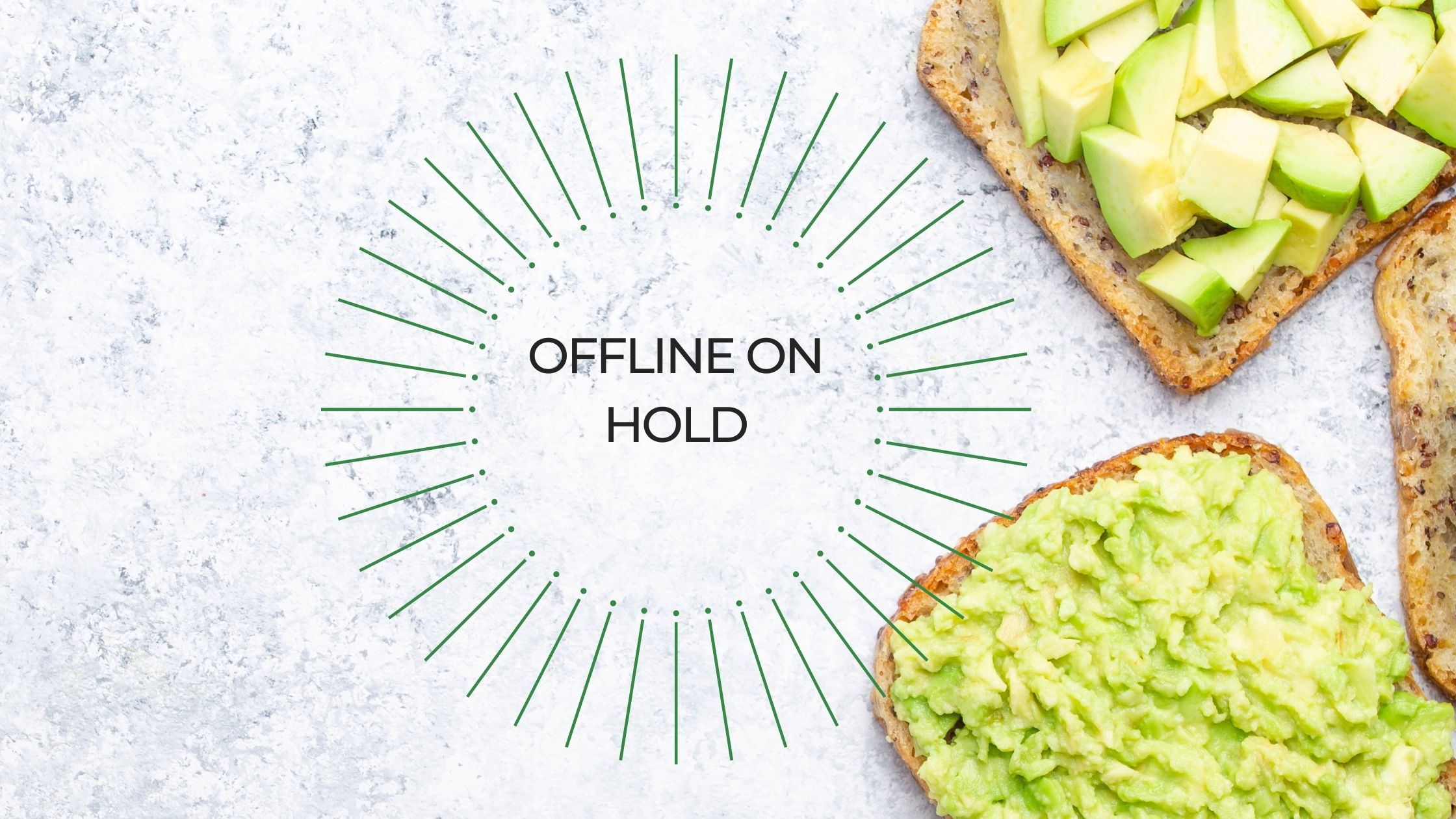“Employing your own doctors means you can assess the doctors’ performance and improve on it,” he says, adding that it’s a worthy investment as compared to using the same amount of capital for brand-building.
Carved by Covid
Virumandi is right in noting people’s usual scepticism. But while there’s usually resistance to all things new, the pandemic has fast-tracked digital transformations. The healthcare industry is no different.
Doc2U’s Choy notes that the awareness and adoption rates have increased significantly post-Covid. “Most telemedicine players in Singapore and Malaysia would see their adoption rate increase between 30% and 70%,” he adds.
Doctors’ initial concern with telemedicine is “does it work?”, shares Seenivasagam.
“How do you diagnose without physical interaction? The best thing to do when you’re unable to conclude a diagnosis, you can always refer the patient to a nearest clinic or hospital. The whole idea of telemedicine is early detection and management,” she says.
Uberising healthcare

DoctorOnCall claims doctors are able to earn between RM3,000 (US$690) and RM4,000 (US$920) of additional income on a monthly basis. Doctors are able to pocket 60-80% of the RM20 (US$4.6) fee for each consultation.
Covid-19 has proven the efficacy of telemedicine, she adds, as patients across Malaysia are able to reach out to MoH’s family medicine specialists to help address any uncertainties they have about the pandemic.
In the last few months, DoctorOnCall has extended its services to include offline services such as appointment bookings with medical specialists. It has also partnered with Covid-19 testing service providers where individuals are able to book testing services on DoctorOnCall.
Virumandi declined to provide the split of the company’s business—between business-to-business-to-consumer (B2B2C) and business-to-consumer (B2C)—for competitive reasons. However, he claims that DoctorOnCall is working with over 10 insurers and over four third-party administrators and hundreds of companies to provide virtual healthcare services and medical prescriptions to patients.
Meanwhile, Doc2Us serves mainly—80%—the business-to-business (B2B) sector while the rest is retail consumers.
As the telemedicine players carve out their niches within the business, the problem of the lack of regulation comes knocking.
Doc2Us’ Choy sees the merit in a regulatory framework, noting that current players in the Malaysian telemedicine industry are already generating revenue from their consumer base. Hopefully, he says, there would be gazetted laws in the next few years.
Unregulated is unsafe
The government, of course, has accelerated its efforts towards regulation.
If telemed is left unregulated, it might lead to commercialisation and compromise in the duty of care, says Dr N Ganabaskaran, president of the Malaysian Medical Association (MMA) that represents medical practitioners in the country, adding that more engagement will be needed among stakeholders to address these concerns.
Electronic transmission of data increases the opportunity for unauthorised interception of personal information, thus increasing the risk of privacy infringements. This is supported by Telemedicine: A Guide to Assessing Telecommunications for Health Care, a book published by US non-government organisation Institute of Medicine—now known as National Academy of Medicine.





